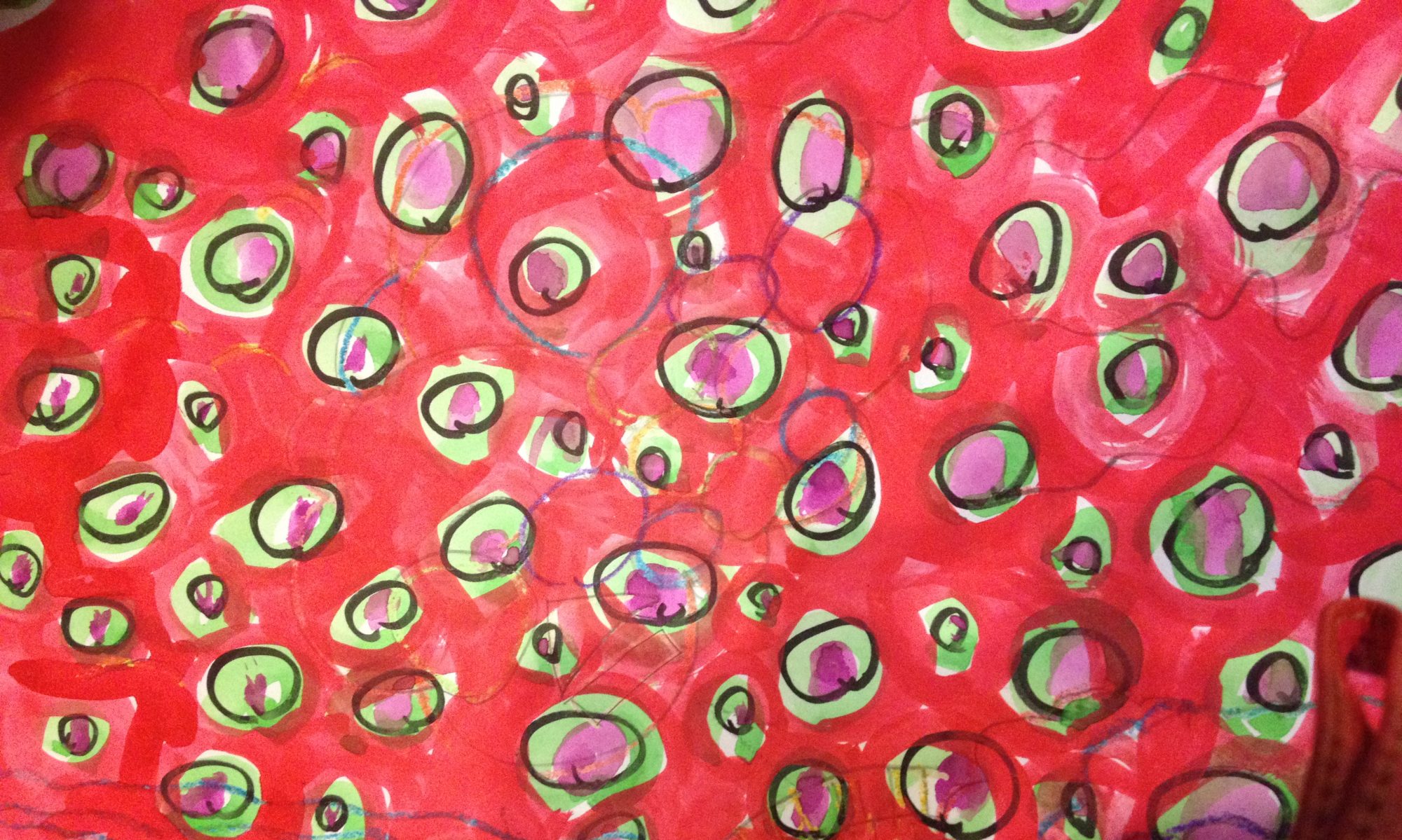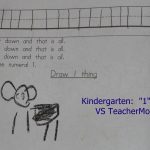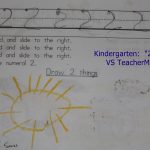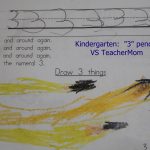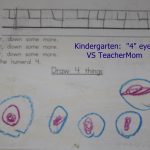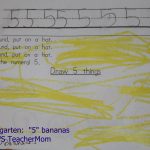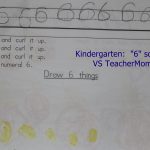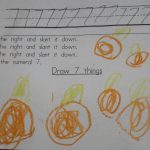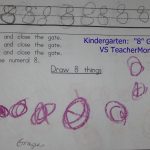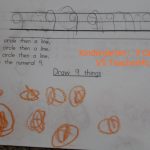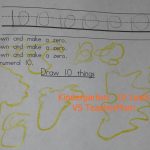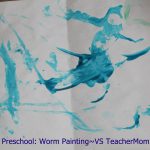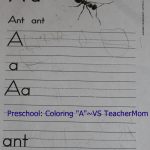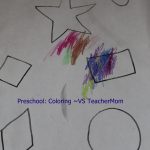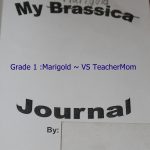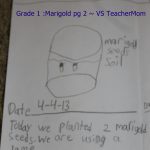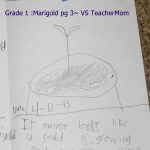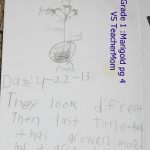Preschool Coloring Tractor Turkey Worm Shapes
Booklet Marigolds Grade 1
Fonts to try… And a bit of research behind these theories…
As I have been learning for months and years about Dyslexia… I have run across an article that suggests there are preferred fonts for dyslexic readers. Courier/ Verdana/ Arial/ Dyslexie Here is a link to the most recent article I read.
The statistics were really hard to figure out- to draw conclusions. I would suggest try any of the suggestions in the image below to see if they help your reader.
The Dyslexie Font can be purchased, downloaded and used from this site. They offer neat books, and other curriculum aids, feel free to explore their products!
Here is a link to some CBS News information on the Dyslexie font!
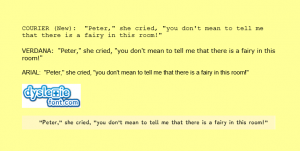
What did you enjoy most? The book or the movie?
Hands-down my dyslexic child will say movie, 99.9% of the time.
It saddens me to say that books give my child anxiety, frustration and tension. They just do. It is who he is. I have been slowly growing into acceptance of that fact.
Within a class of 20-something children after finishing a novel; they also watched the movie. The majority of the children in the class voted for the book as the favorite. My child and one other voted for the movie as the best representation.
Book reports have always been a struggle. Anything with books really has been a struggle. Graphic novels are a must for the vibrant illustrations are necessary to help my child build meaning to the text.
Over time, I will post several titles of juvenile graphic novels for consideration.
Only recently did the light-bulb go on- did I actually see how differently my child processes the written word. We are in middle school now. Had I known years ago; I would have taken a different approach to books, novels, reading, reading minutes, etc..
I would have picked up more books on tape. I would have tried to allow him to ‘listen’ to the first few chapters and then to continue on independently with the rest.
I would have liked to choose books that had movie representations to them.
I would have spent more time learning how to use E-books effectively.
I am excited to have downloaded a graphic novel my son is interested in reading. An option for “Word Wise” just popped up on the screen. This is a built-in program (Kindle) that helps young readers by providing hints for the most difficult words they will encounter. They only need to tap on the word to have it read. How cool is that!
I see the Audible Narration is available for the book I have chosen; for a fee of $3.49. Ok… so I guess I can buy it – I know it will help him understand the book. I am a little dissappointed at the cost- what about ALL the other children with dyslexia? Are their families financially stable enough to pay for a book at $6.99 plus the auditory narration for an additional $3.49? Perhaps the library will have options; here is a link to a related article highlighting the disparity of resources and low-income families.
What are Phonemes? What is Phonological Awareness?
They are necessary, critical components to successful reading.
Phonemes are the smallest sounds our language is broken into. Cat has 3 sound parts or phonemes. You can find a list of phonemes here.
[The actual letters are referred to graphemes- if you don’t know the letters that match the word sounds you will experience difficulty spelling.
Phonemic Awareness: refers to speech (oral language); having an understanding that our language is broken into sounds.
Phonological Awareness means you have an understanding of how the words in our language are made up of sounds.
You can view a PowerPoint on the terms here.
Teaching It: Segmenting & Blending are Key!
To teach segmenting of words; you teach about the separate sounds of a word. Cat has 3 sounds (phonemes), you would have the child read the sound parts of the word to segment it. C a t
To teach blending; you kind of review the segmenting first, have the child speak the separate sounds, then once again have them say the sound parts quickly to ‘blend them together’ into a word.
Here is an article on tutoring Phonemic Awareness/
My dyslexic child has an understanding of the Phonemic nature of our language; yet he cannot memorize the rules to connect what phonemes make up certain sounds. He will turn in an assignment on “light” for example; and have in his written answers – “light” spelled differently. Lite Ligt lyte liht
I will add a photo at a future time.
Dyslexia Study from 1997!! Shows the Importance of VISUALS
In my research, I found this old study rather interesting. It presents a short article wherein it describes what it is like to think with Dyslexia. It is a compilation of information from research from Harvard Medical Center & Central St. Martins College.
The Psychologist highlighted in the article designed a series of six tests of verbal, written and spatial ability. She found Their visual spatial skills were also at a higher level – but they had difficulties with reading, writing and spelling.
Within this same article there is research from Harvard Medical Center. They found “that dyslexics’ brains are “wired” differently from other people’s. “There is definite proof of a link between dyslexia and visual spatial ability,”
A researcher from Washington, named West adds the facts that the brain of a dyslexic person is wired differently. “They lack efficiency in the left brain hemisphere which relates to language ability. But there is increased efficiency in the side of the brain which dictates spatial ability.”
A dyslexic himself, West shared that dyslexics: “can rotate an image in three dimensions in their minds. Our educational system at the moment is based on words, books and lectures.”
A summary of my related opinions: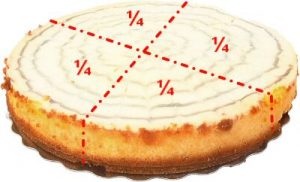
This heavy text-based verbal/written curriculum is not serving any of the Dyslexic students in the United States. The work my child brings home is not very often visual in any way. When I have asked about using visual videos to teach math I hear back, “no I haven’t ever done that.” In today’s technology age- it is as easy as a little navigation and a click of the mouse to bring your classroom to life. Visuals will engage both the dyslexic and non-dyslexic student and will bring new meaning to their studies.
For this reasons, I will repeatedly blog and share information about adding visualization to lessons, how to choose materials for the dyslexic child or student and more.
